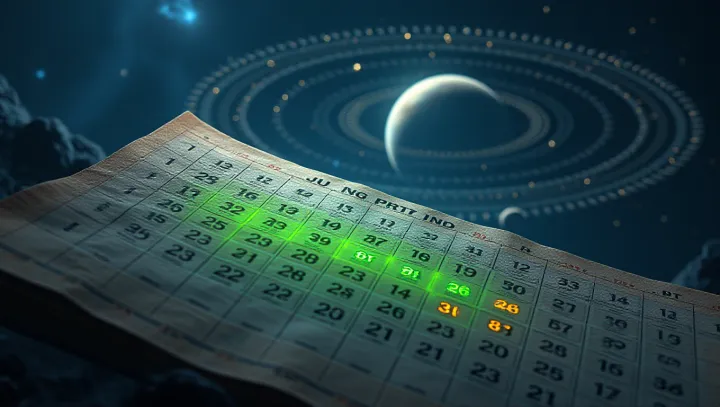Leap Years: The Science of Time Calibration

The question of why we have leap years has intrigued many and holds significant importance in the accurate tracking of time. Implemented as an adjustment mechanism, leap years synchronize our calendar year with Earth's orbit around the Sun, offsetting the discrepancy between the calendar year and the solar year. Hans Schreiber, a noted astronomer from Greenwich Observatory, explains, 'Leap years ensure that our complex timekeeping systems do not fall out of sync with astronomical events.' Without these adjustments, the gradual drift would accumulate drastically over centuries, impacting seasonal patterns and human activities reliant on them.
The necessity of this intercalated day every four years arises because the Earth's complete orbit takes approximately 365.2422 days. To counteract this fraction, an extra day is added to February, creating the well-known February 29th. This mechanism keeps our calendars in alignment with astronomical changes.
Despite being rooted in ancient engineering, the application of leap years continues to hold relevance today, underscoring the ingenious human ability to blend mathematical precision with observational astronomy. As technology advances, so does our capacity to refine these measurements, yet the leap year remains a testament to timeless human innovation.
